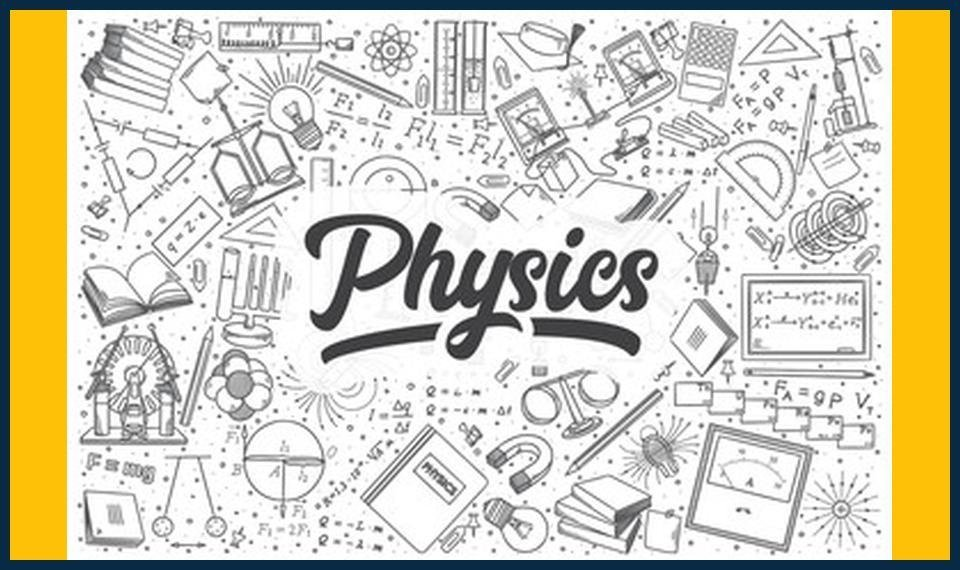![]()
**Introduction**
Welcome to the thrilling world of A-Level Physics! Today, we’re diving into the heart of mechanics: kinematics. Whether you’re a student, parent, tutor, or teacher, understanding kinematics is essential for unraveling the mysteries of motion. So, let’s embark on this exciting journey as we explore the principles of motion, supported by real-life examples to make it more relatable and engaging.
**What is Kinematics?**
Kinematics, a subfield of physics, is the study of motion without considering the forces that cause it. It focuses on describing the positions, velocities, accelerations, and times of an object as it moves. Imagine watching a beach ball soaring through the air at a carnival, the speeding bullet from a gun, or the smooth glide of a roller coaster – all are examples of motion governed by kinematics.
**Understanding Key Concepts**
**Positions, Distances, and Displacements**
Positions describe where an object is in space at a given time. Distance refers to the total length between two points, while displacement is the straight-line distance between the starting and ending points of an object’s motion. For instance, when a child rolls a ball from point A to point B, the starting position (point A) and ending position (point B) are the positions, the total path the ball takes is the distance, and the difference between the final position and the initial position is the displacement.
**Velocities**
Velocity is the speed and direction of an object’s motion. Speed measures the rate at which an object moves, regardless of its direction, while velocity combines speed and direction. For example, a ball rolling along a straight path has constant velocity, but if it rolls off the path, its velocity changes due to the change in direction, even if it maintains the same speed.
**Acceleration**
Acceleration refers to the rate at which an object’s velocity changes. When an object speeds up, slows down, or changes direction, it’s experiencing acceleration. For example, when a car moves from 0 to 60 mph in 5 seconds, it’s accelerating. If the car then brakes and decreases speed, it’s still accelerating, but in the opposite direction.
**Time, Speed, and Distance**
Time, speed, and distance are interconnected in kinematics. The simpler relationship is that time multiplied by speed equals distance. For example, if a runner runs 8 meters per second for 4 seconds, they will cover a distance of 32 meters.
**Real-Life Examples**
**A Roller Coaster’s Descent**
Let’s apply our knowledge to a real-life example – a roller coaster’s descent. At the top of the hill, the roller coaster car is at rest. As it starts moving down, its position changes, and it moves through a certain distance. Its speed increases, demonstrating an example of velocity. The acceleration changes as the roller coaster slows down at the bottom of the hill, then speeds up as it climbs another hill.
**A Baseball Pitch**
A baseball pitch serves as another illustrative example. When the pitcher throws the ball, its velocity and acceleration change as it moves through the air. The distance the ball travels and the time it takes to reach the catcher give us insights into its speed, while the change in its trajectory (upward and downward) demonstrates acceleration.
**Conclusion**
Understanding kinematics is the key to unlocking the secrets of motion in our world. By learning about positions, velocities, and accelerations, we can better grasp the movements of everyday objects around us. Whether it’s a roller coaster’s descent or a baseball pitch, these principles apply. So, let’s continue to explore, learn, and master the fascinating world of motion!
**Call to Action**
Join us in our journey as we continue to unveil the wonders of physics. Stay tuned for more engaging, informative, and easy-to-understand articles that will help you excel in your A-Level studies.




